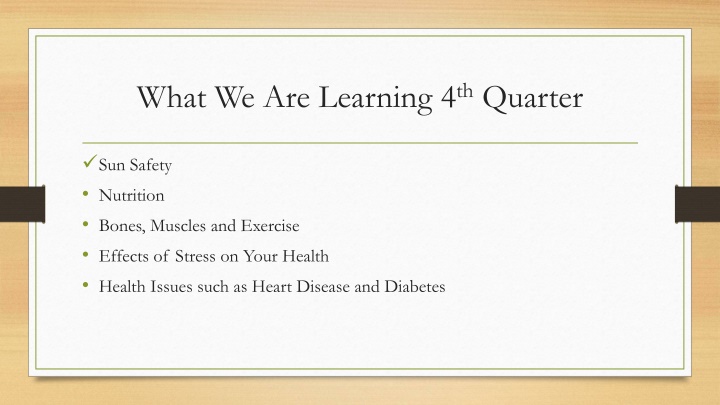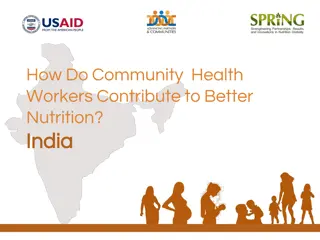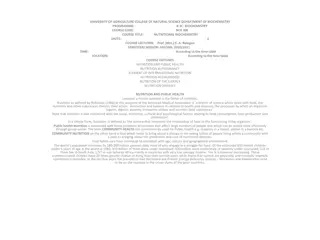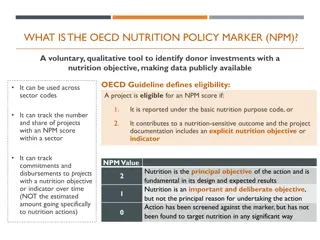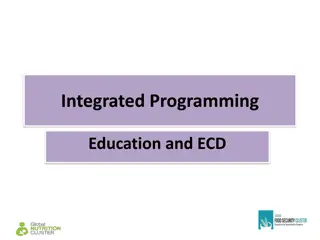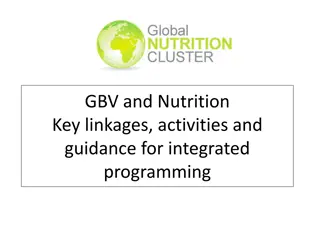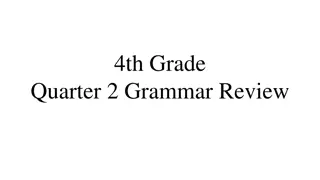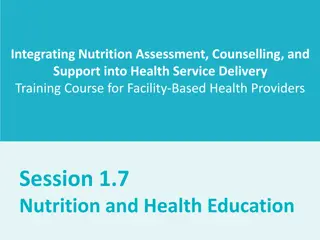4th Quarter Health Education Topics: Sun Safety, Nutrition, and More
Learn about important health topics covered in the 4th quarter curriculum, including sun safety, nutrition, bone health, muscle exercise, stress effects, and common health issues like heart disease and diabetes. Explore concepts such as calories, healthy weight maintenance, portion vs. serving sizes, and recommended calorie intake for teens. Enhance your understanding of how to make informed choices for a healthier lifestyle.
Download Presentation

Please find below an Image/Link to download the presentation.
The content on the website is provided AS IS for your information and personal use only. It may not be sold, licensed, or shared on other websites without obtaining consent from the author.If you encounter any issues during the download, it is possible that the publisher has removed the file from their server.
You are allowed to download the files provided on this website for personal or commercial use, subject to the condition that they are used lawfully. All files are the property of their respective owners.
The content on the website is provided AS IS for your information and personal use only. It may not be sold, licensed, or shared on other websites without obtaining consent from the author.
E N D
Presentation Transcript
What We Are Learning 4thQuarter Sun Safety Nutrition Bones, Muscles and Exercise Effects of Stress on Your Health Health Issues such as Heart Disease and Diabetes
Bell Work #1 The foods we eat contain calories. What is a calorie? How many calories do you think you need a day to be healthy?
Answer A calorie is a unit of energy. In nutrition and everyday language, calories refer to energy consumption through eating and drinking and energy usage through physical activity. For example, an apple may have 80 calories, while a 1 mile walk may use up about 100 calories. Not everybody requires the same number of calories each day. The ideal number of calories we should consume depends on several factors, including our overall general health, physical activity demands, gender, weight, height, and shape. The Academy of Nutrition and Dietetics recommends that the average 13 year old boy needs 1,800 to 2,600 calories a day. The average 13 year old girl on average needs 1,800 to 2,200 calories a day. Source: eatright.org
How to Maintain a Healthy Weight To maintain a healthy weight we need to try and consume the right amount of calories for our bodies. Too many calories or too little calories can cause health problems.
Portion Size vs. Serving Size A "serving" is the amount of food recommended you eat in one sitting in consumer education materials such as MyPlate(used to be food pyramid) or on food labels. A "portion" is the amount of a food you choose to eat at any one time which may be more or less than a serving.
